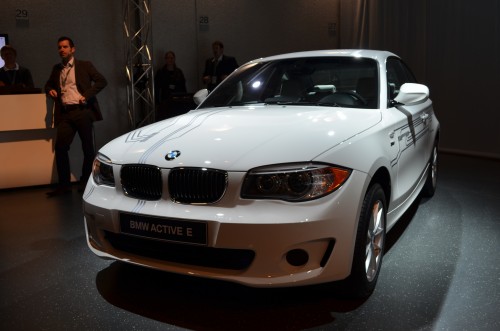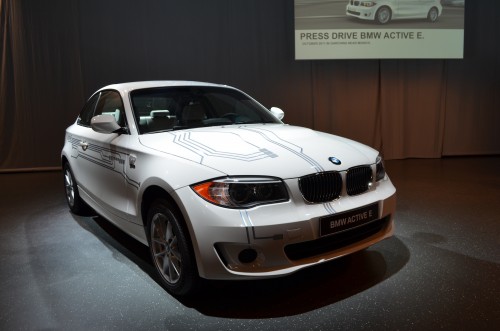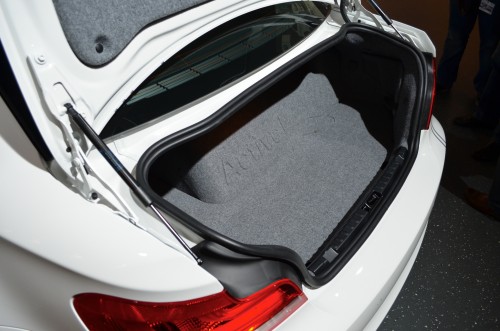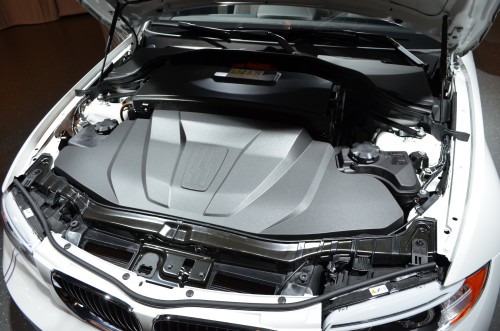The new BMW ActiveE is an electric car based on the BMW 1-Series Coupe, and is BMW’s second electric vehicle key learning project after the MINI E which made its debut in 2009.
BMW has used data obtained from the MINI E’s lease to learn user behaviour, customer acceptance as well as requirements for an e-infrastructure. From MINI E usage patterns, vehicle usage for the electric MINI only differed marginally from that of comparable MINI Cooper and 116i users. Basically the conclusion was that an electric city car with a range of about 100 miles with an expanded interior space would meet virtually 100% of the mobility needs of urban drivers.
There are quite a few MINI E leasers who will be “upgrading” to the BMW ActiveE, and perhaps later to the new BMW i3. The ActiveE willl be offered with a 24 month/50,000km lease period, and will fill the gap until the launch of the BMW i3.
The main purpose of the ActiveE is to approve the new electric power train and battery. As opposed to the MINI E where BMW worked with a third party to supply the EV components, the BMW ActiveE’s electric power train is an in-house development, and will also be used in the upcoming BMW i3.
The ActiveE is produced together with other normal BMW cars in an in-line assembly process at their Leipzig plant. BMW has designed a 1,100 car production line for the ActiveE there. It is still a conversion vehicle like the MINI – this means BMW took a chassis designed to house the power and fuel components of a regular international combustion engine and converted it for electric use. As the chassis is not optimal for EV usage, the ActiveE ends up weighing a massive 1,815kg – compared to the purposes EV built BMW i3 Concept which weighs just 1,250kg.
Now for some tech specs – the BMW ActiveE has its electric motor integrated into the rear axle. Peak power is 125kW while maximum torque is rated at 250Nm from standstill. The electric motor has no transmission, so its 12,000rpm redline can take the car up to about 145km/h. The car hits 100km/h in 9 seconds, which isn’t particularly fast but brisk enough not to feel underpowered.
Power is provided by a 32kWh lithium ion battery with a total of 192 x 40 Ah cells supplied by SB LiMotive. It is liquid cooled and separated into three storage packs to help the car achieve a 50:50 axle weight ratio. Charging time is approximately 10 to 12 hours on a 230V/12A power supply, or as low as 4 to 5 hours on a 230V/32A power supply. The battery pack provides an New European Driving Cycle pattern range of 205km, or a customer driving average range of 160km.
We had a chance to try out the BMW ActiveE in Munich recently. It was a pretty rainy day and the route was designed to simulate a typical city commute of about 35km, so we didn’t exactly get any opportunities to test out the 50:50 weight distribution of the car, if you know what I mean. But we came away with findings on how the ActiveE tackled city car duties.




No comments:
Post a Comment